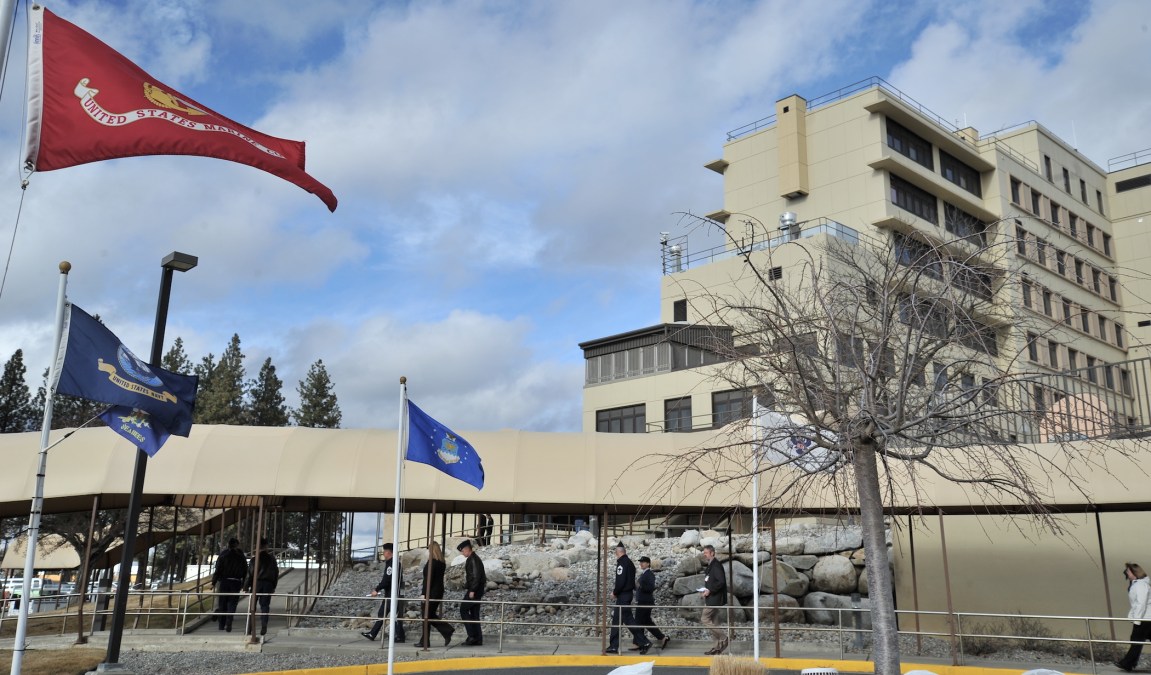After months of delays, VA launches modernized Cerner EHR at first medical center

The Department of Veterans Affairs reached a major milestone this weekend launching its modernized electronic health record system at a VA medical center in Spokane, Washington.
The VA brought the system online at its Mann-Grandstaff Medical Center with dozens of modernized interfaces and new tools for medical workers to use, along with a new IT infrastructure that will eventually support the system’s broad interoperability with the Department of Defense’s health records.
The VA’s EHR modernization program is a 10-year endeavor to update the aging Veterans Health Information System Technology Architecture (VistA) and migrate VA and DOD data to a common Cerner-built cloud system.
“I couldn’t be more proud of the team and the way we continue to meet our objective,” John Windom, the executive director of the program, told FedScoop in an interview. “The stars are aligned to support this mission.”
The program’s go-live comes after two delays in 2020 — the first caused by a lack of training and testing and the second due to the pandemic. Also, officials said the facility was impacted by wildfires in the Pacific Northwest late in the summer and a recent snowstorm that brought power outages.
With those delays came many lessons learned, said Laura Kroupa, chief medical officer for the VA’s office of EHRM. “We have learned the value of contingency planning.”
But, the delays also allowed the VA to increase the number of new interfaces and tools over what was planned for the initial launch date in March and allowed for more time to train medical staff on the new system.
Windom and other program leaders who were at Mann-Grandstaff for the launch reported that users expressed excitement for the new program.
“We are getting positive comments,” Kroupa said. She added there are some “usual jitters” among the staff about using the new technology, but overall, feedback on the system has been positive.
A congressional aide who spoke with FedScoop shared minor concerns about the user interface, saying there are some issues that could “annoy” users, but nothing that risks patient safety. The legacy VistA system has contributed to long patient wait times that deteriorated safety and patient care, inspector general reports found.
John Short, the chief technical officer for the program, said the VA’s large investments to upgrade the underlying IT are supporting the new EHR system well. After years of underinvesting in IT, VA Secretary Robert Wilkie previously told Congress the department needed to rip-and-replace much of its wiring and basic IT infrastructure to support the new system.
Short said that so far, the only endpoint that didn’t work properly was a printer that needed a quick update. “All interfaces worked a designed,” he added.
As the VA celebrates this first go-live, it is turning to the next set of medical centers where the new system will be launched.
First up is a VA center in Walla Walla, Washington. The center is much smaller, but in much worse technical state, the congressional aide told FedScoop.
“It will take months and months to get ready for the Walla Walla go-live,” the aide said, pinning the VA’s preparation for the next launch at 5% complete.
Windom, however, remains optimistic about the work ahead. Training continues on virtual platforms and feedback from users in Spokane will inform the work being done at other sites.
“Our people are smart, they are going to get this,” Windom said. “We even expect the [next go-lives] to be even more efficient because of what we are doing here at Mann-Grandstaff.”






